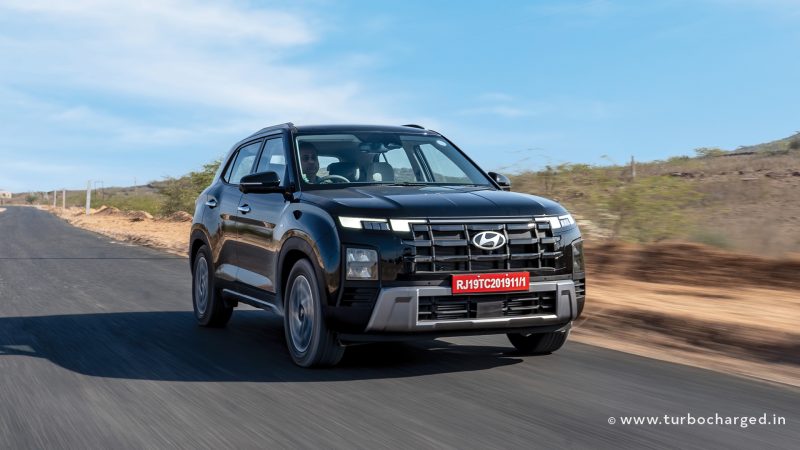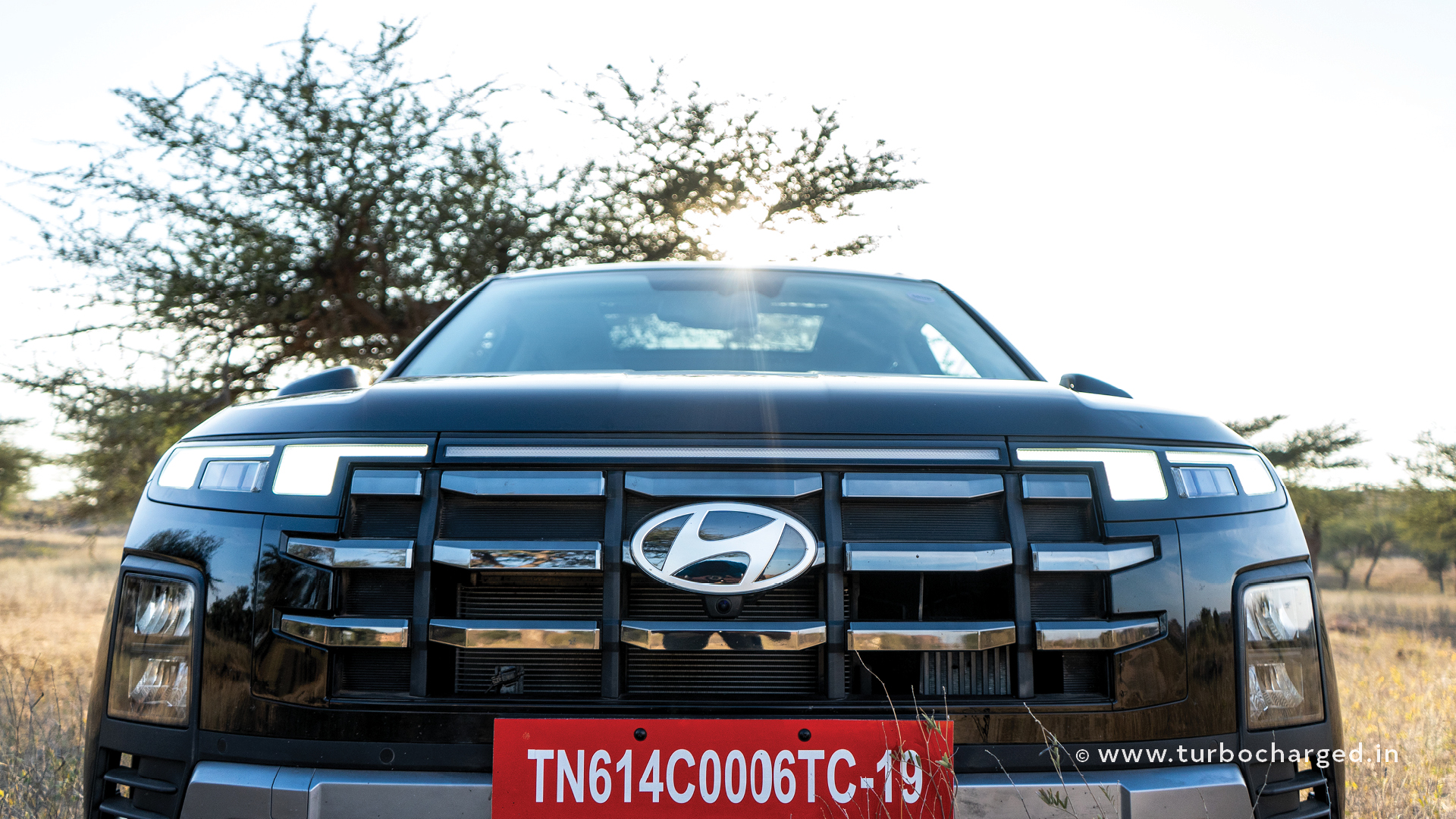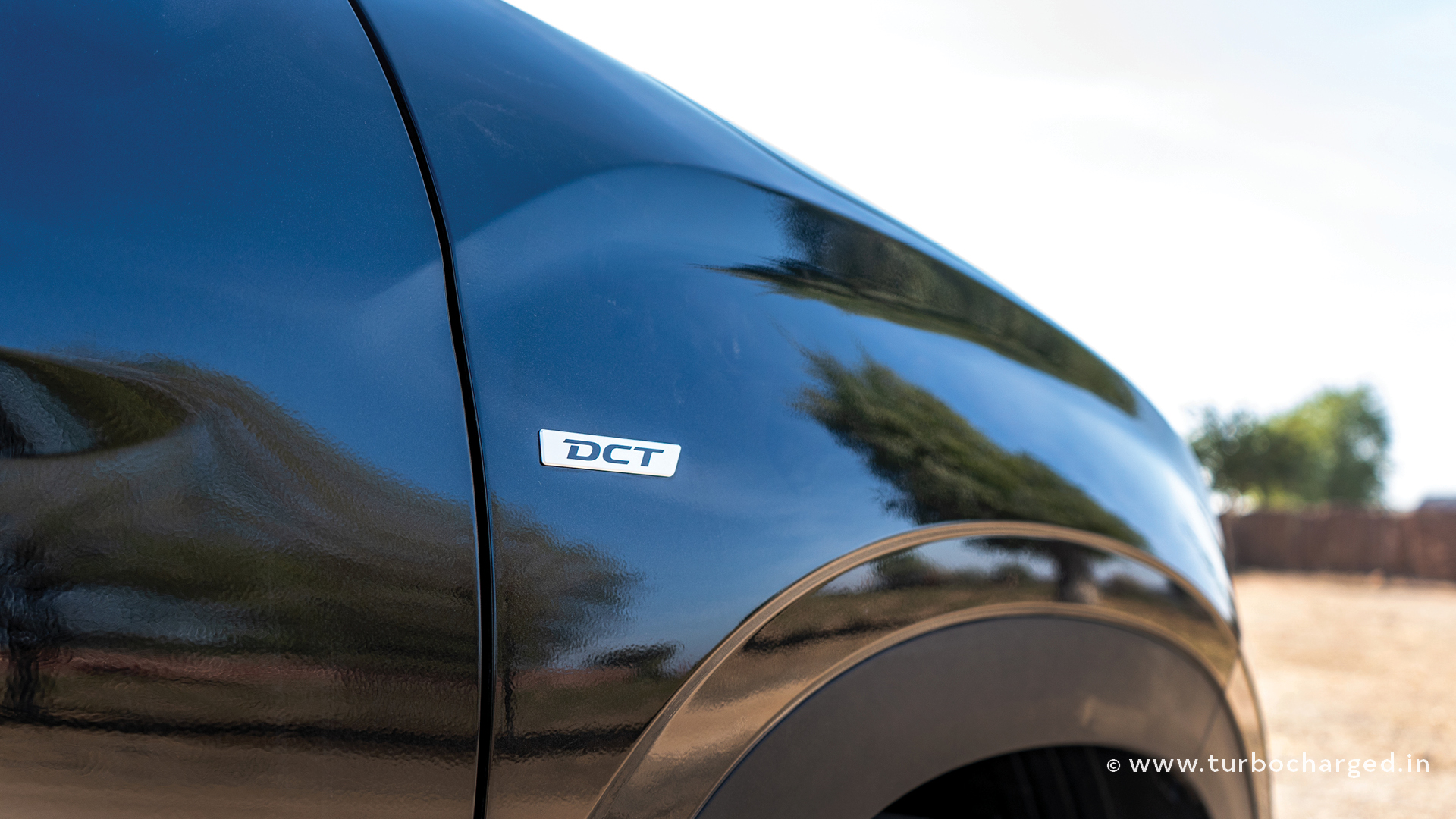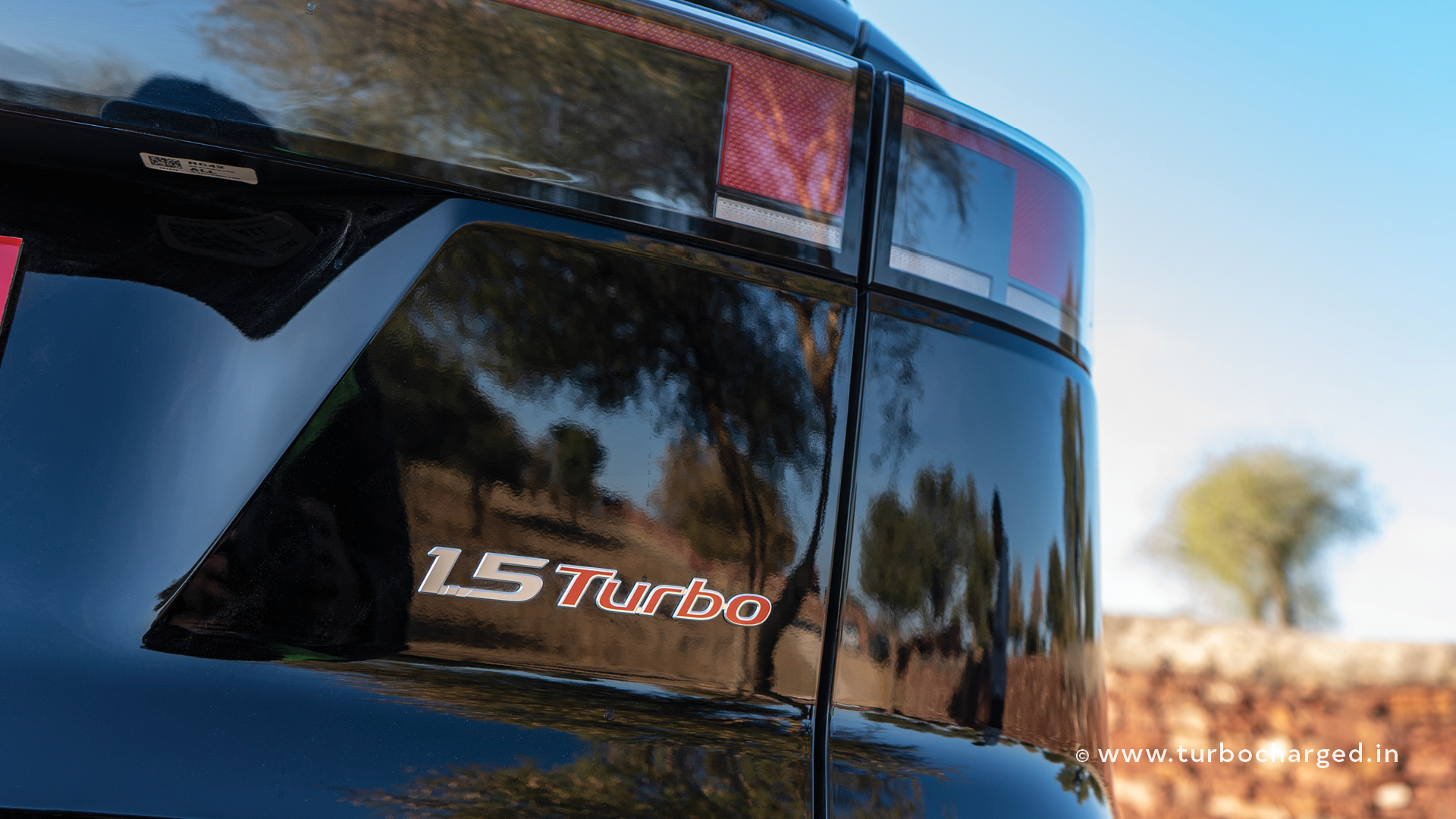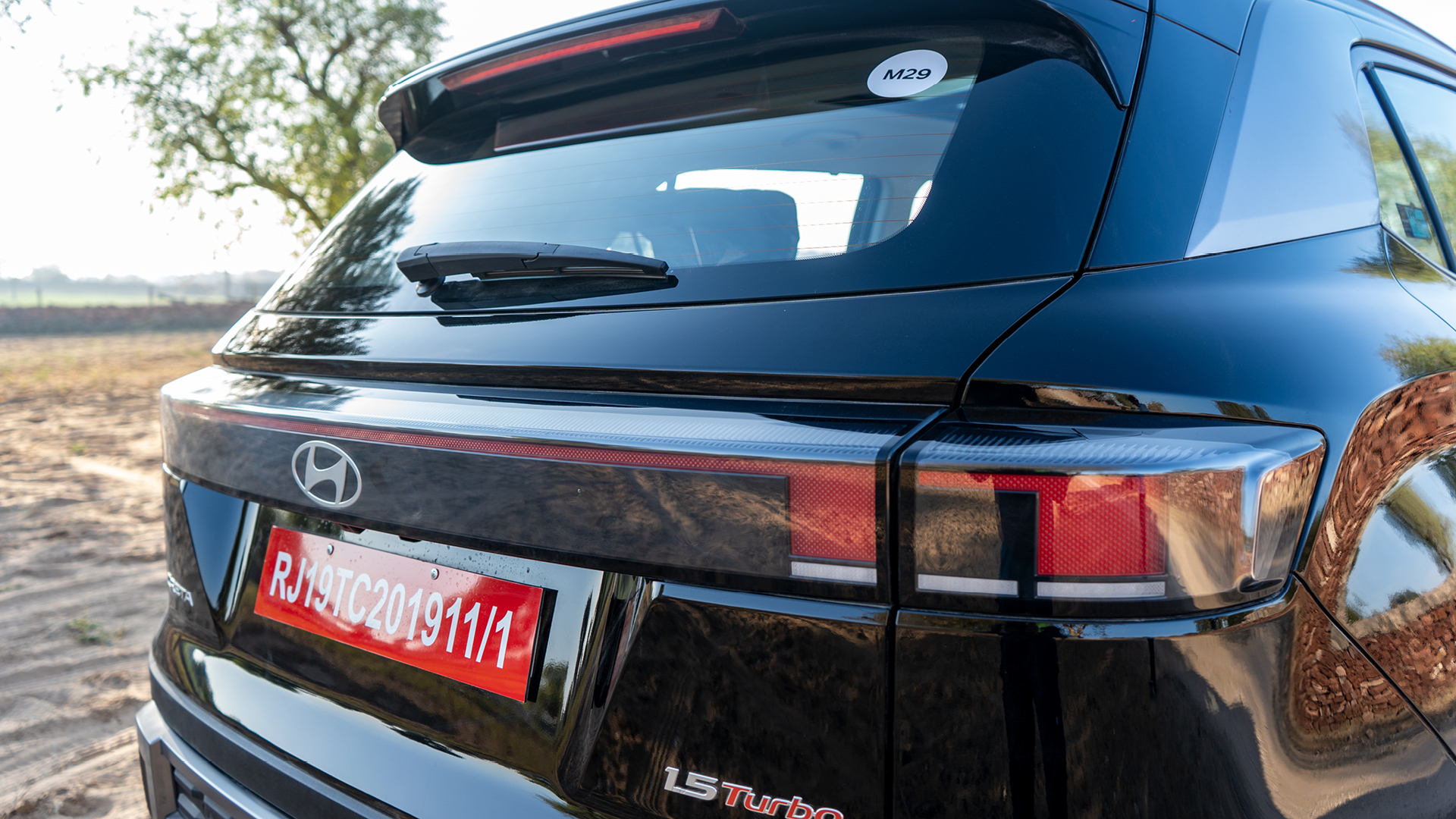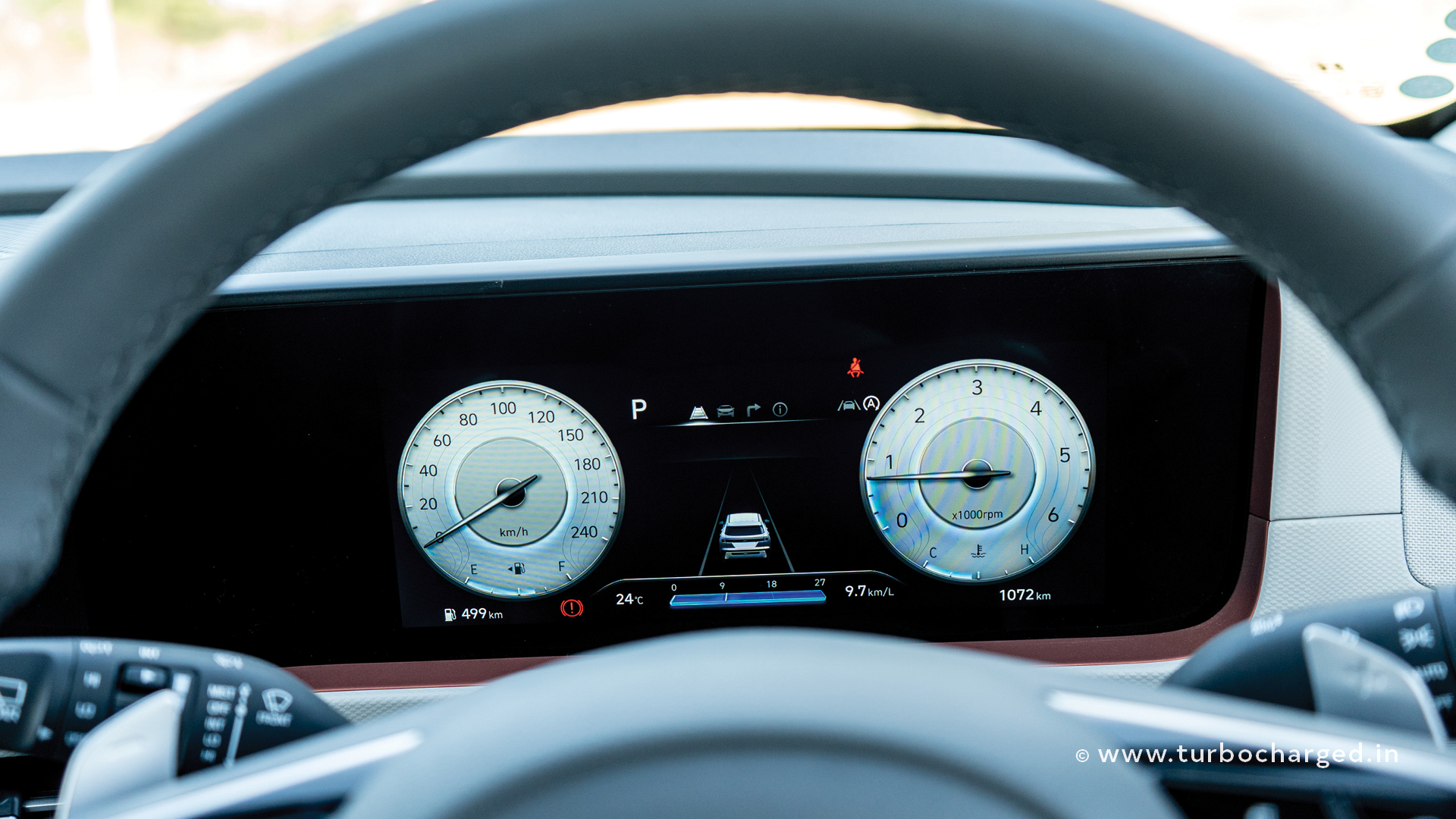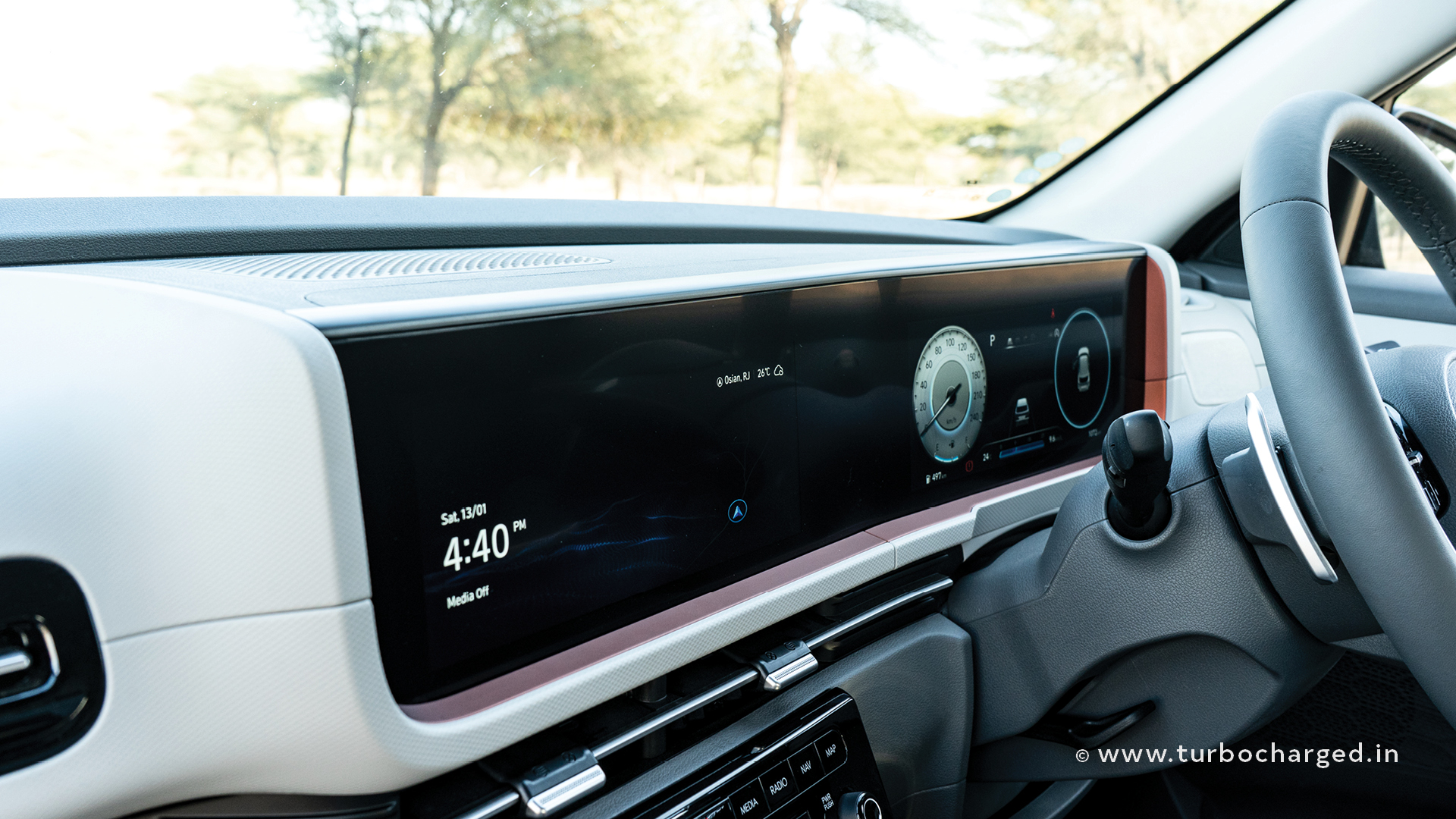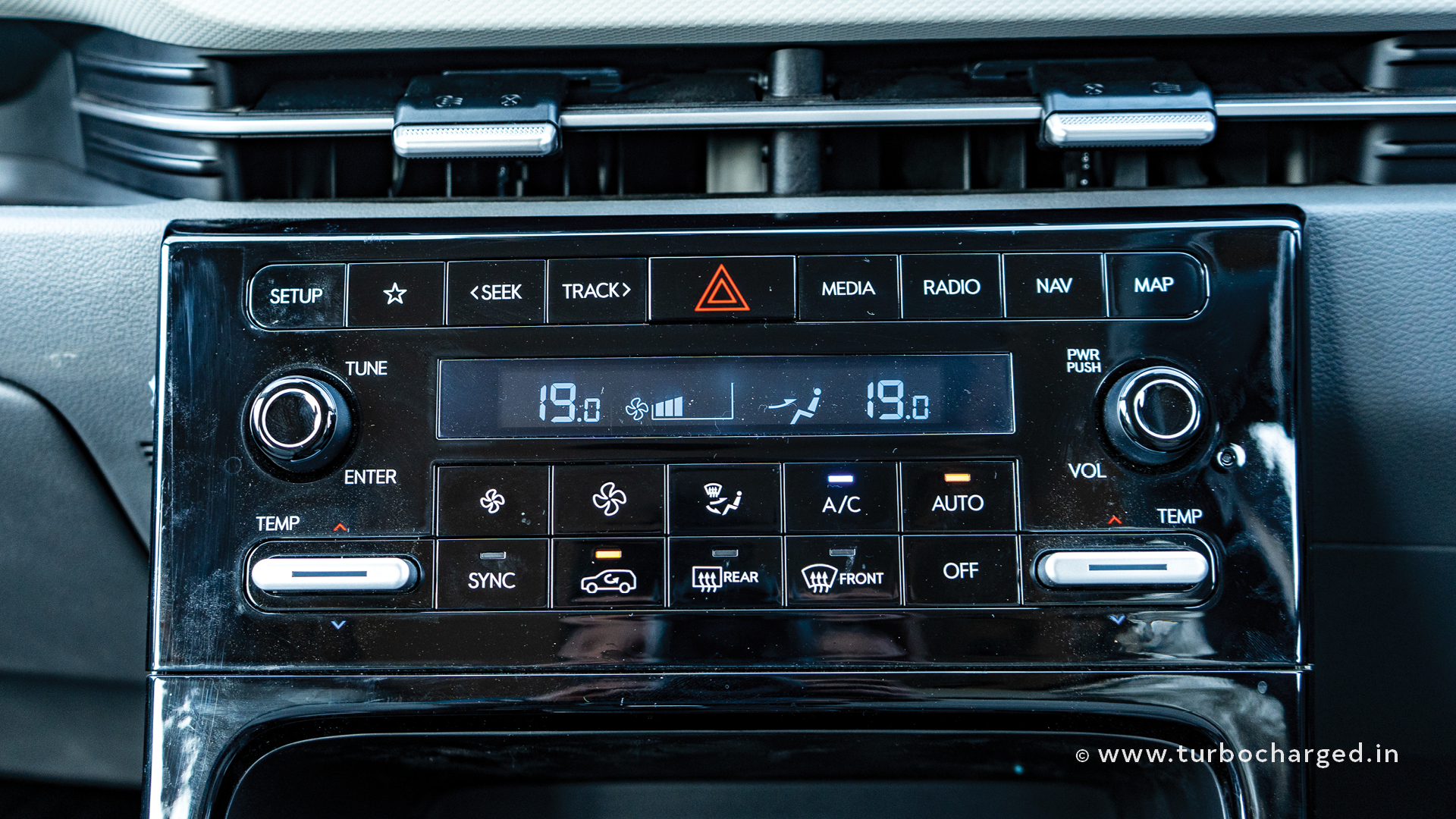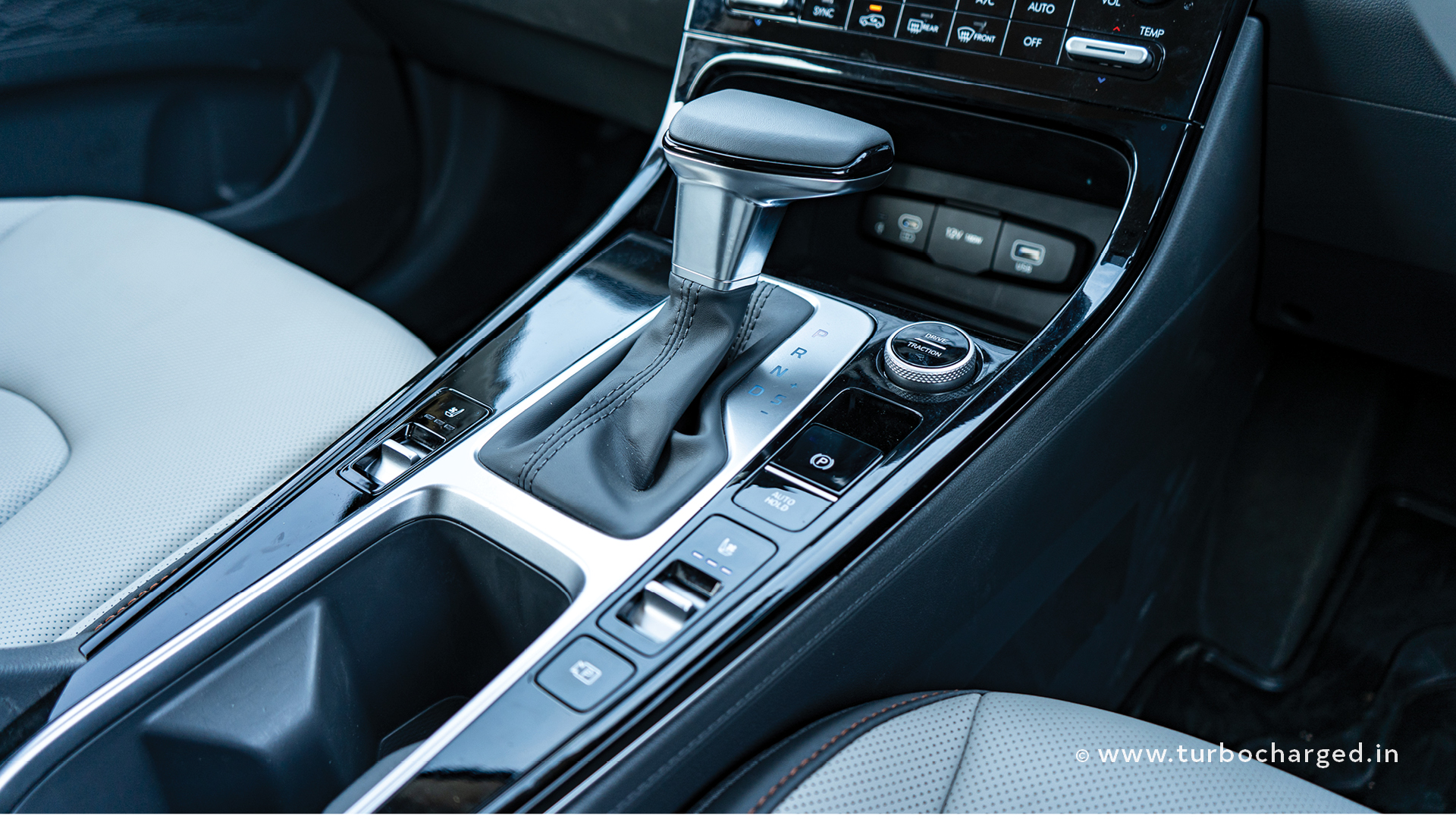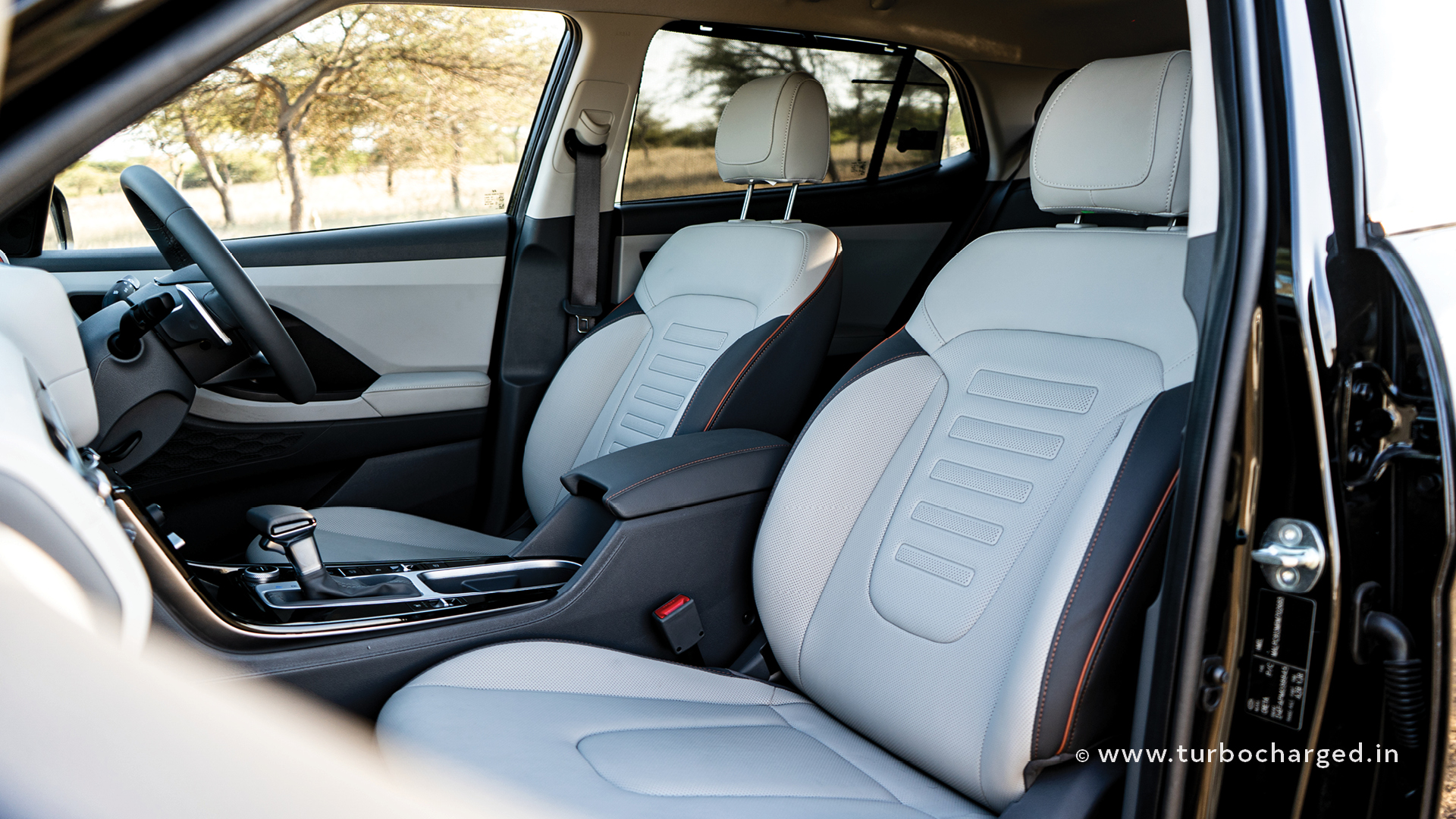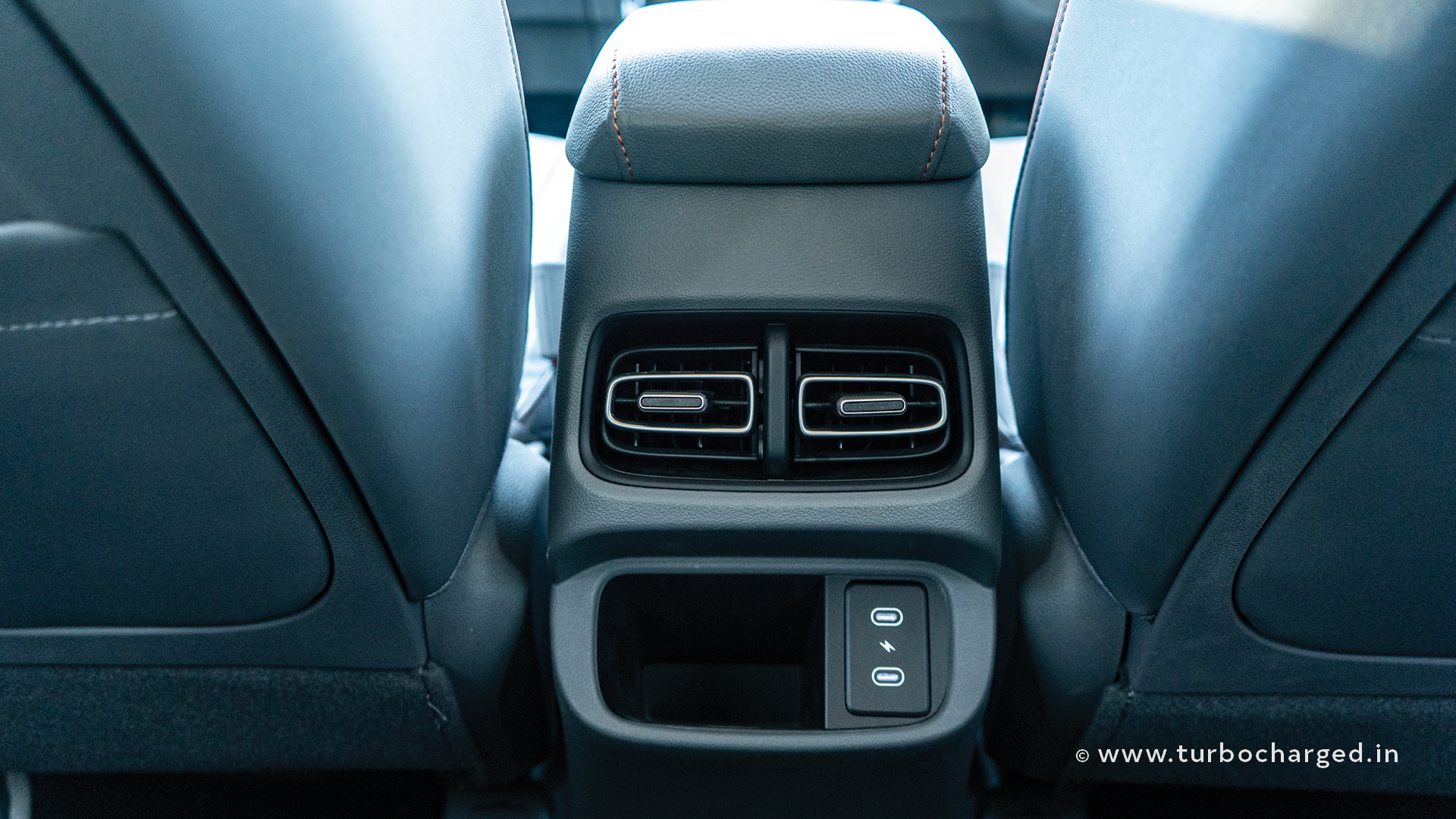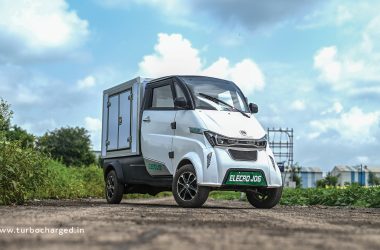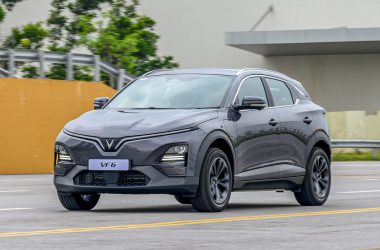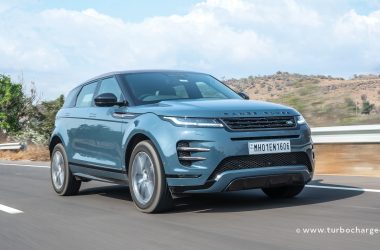Photography: Vaibhav Dhanawade
Sales and market share figures are not the kind of numbers that usually interest us at TURBOCHARGED. It’s the performance numbers that have our ears perk. But the Hyundai Creta is an SUV that has made an exception for itself, with its unprecedented success. In a way, the Creta is the SUV that gave birth to the segment we now know as the midsize premium SUV one. Today there are nearly a dozen midsize premium SUVs on offer, but the Creta has led sales charts in its segment consistently, which speaks volumes about its popularity. It’s one SUV you can’t ignore and for good reason. It’s the automotive equivalent of an all-rounder, as an SUV for the masses. And for 2024 the Creta gets a host of updates inside-out, which seem to promise a lot for this hugely popular SUV. How good is it? Let’s take a look.
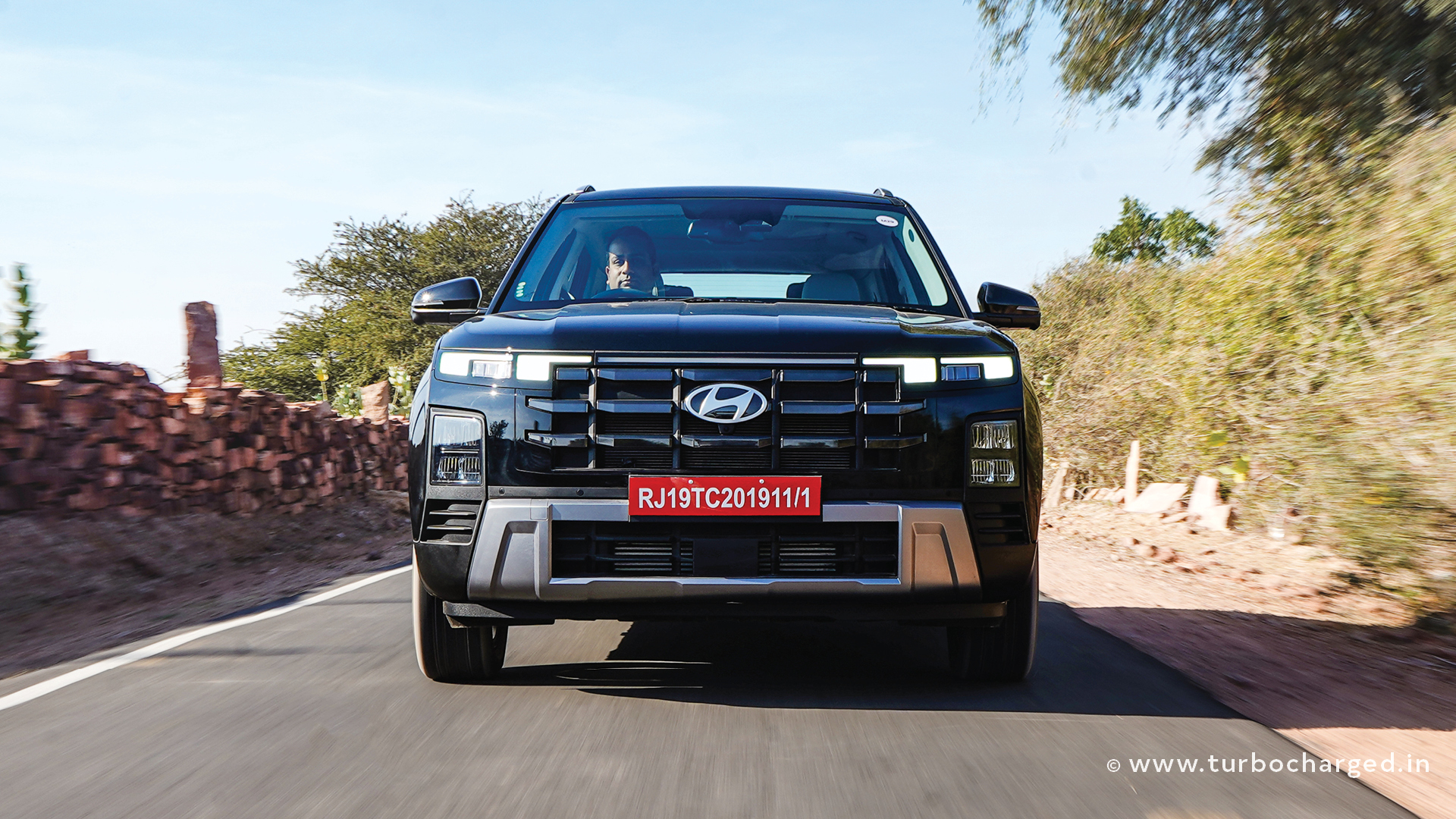
The facelift places a lot of emphasis on the design and the Creta looks a lot square from the front and rear. What’s more interesting is that visually, the Creta appears smaller now given the new design but the overall length has gone up by 30mm. What’s more important though is, this Creta looks more premium and the design has a more universal appeal now.
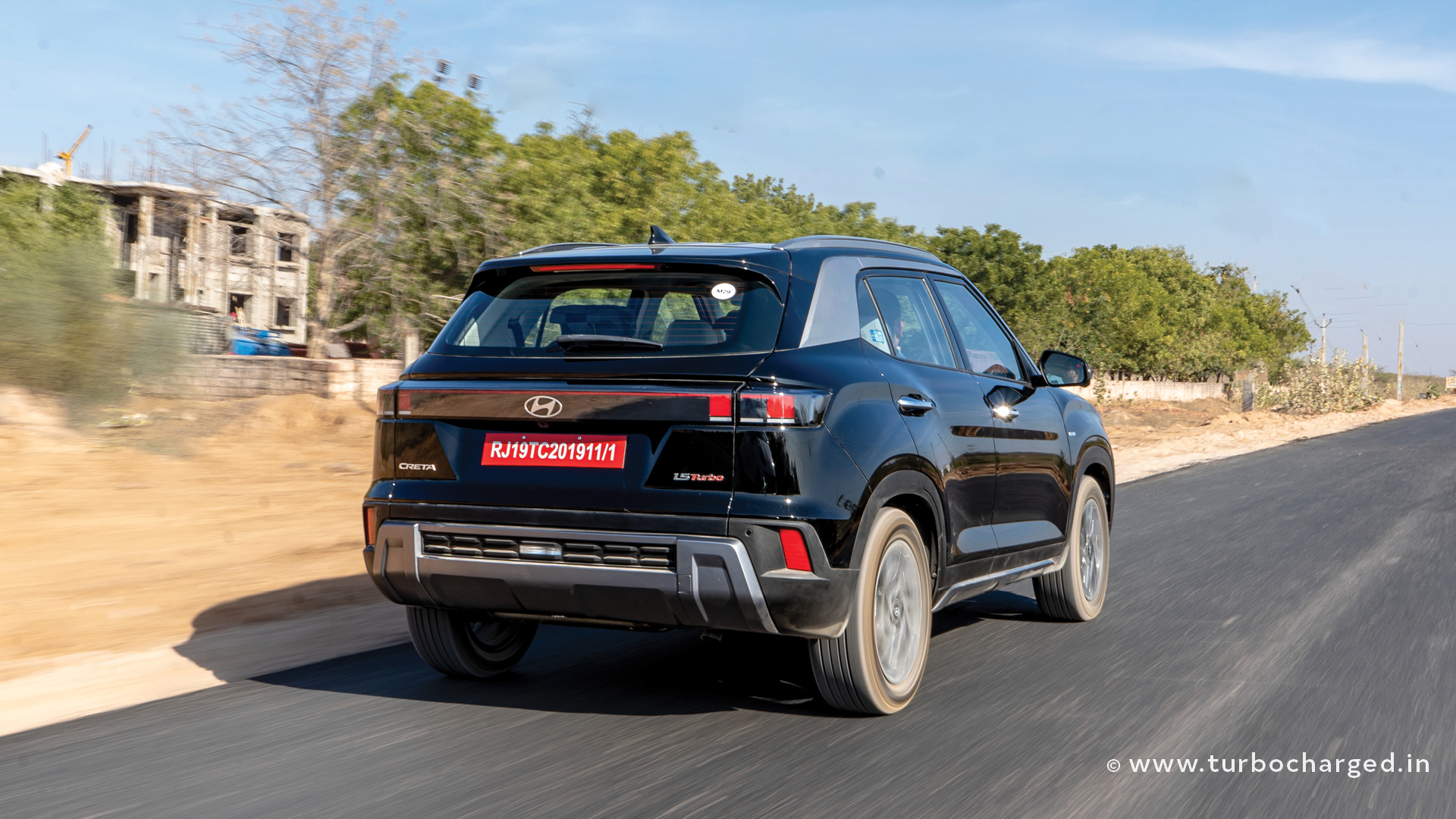
The squared-off LED headlamps and new grille together have a more cohesive design language and the overall integration of various elements is significantly more pleasing to the eye. An LED strip extends across the bonnet, connecting the squared-off DRLs, adding more appeal. The dark chrome treatment on the grille and new bumper design along with a faux skid plate contribute to the premium look. The side profile is the same as before and that includes the silver garnish on the C-pillar, which is a bit of a let-down. That said, the new 17-inch alloy wheels add flair to the side profile. The rear end gets a similar treatment as the front and the new, squared-off tail lamps look more compact, and more appealing thanks to the LED strip running across the tailgate. The Creta also gets dynamics turn indicators at the rear, along with a new bumper integrating the reverse light at the centre. Overall the new Creta is a good-looking SUV that should now appeal to buyers at first glance.
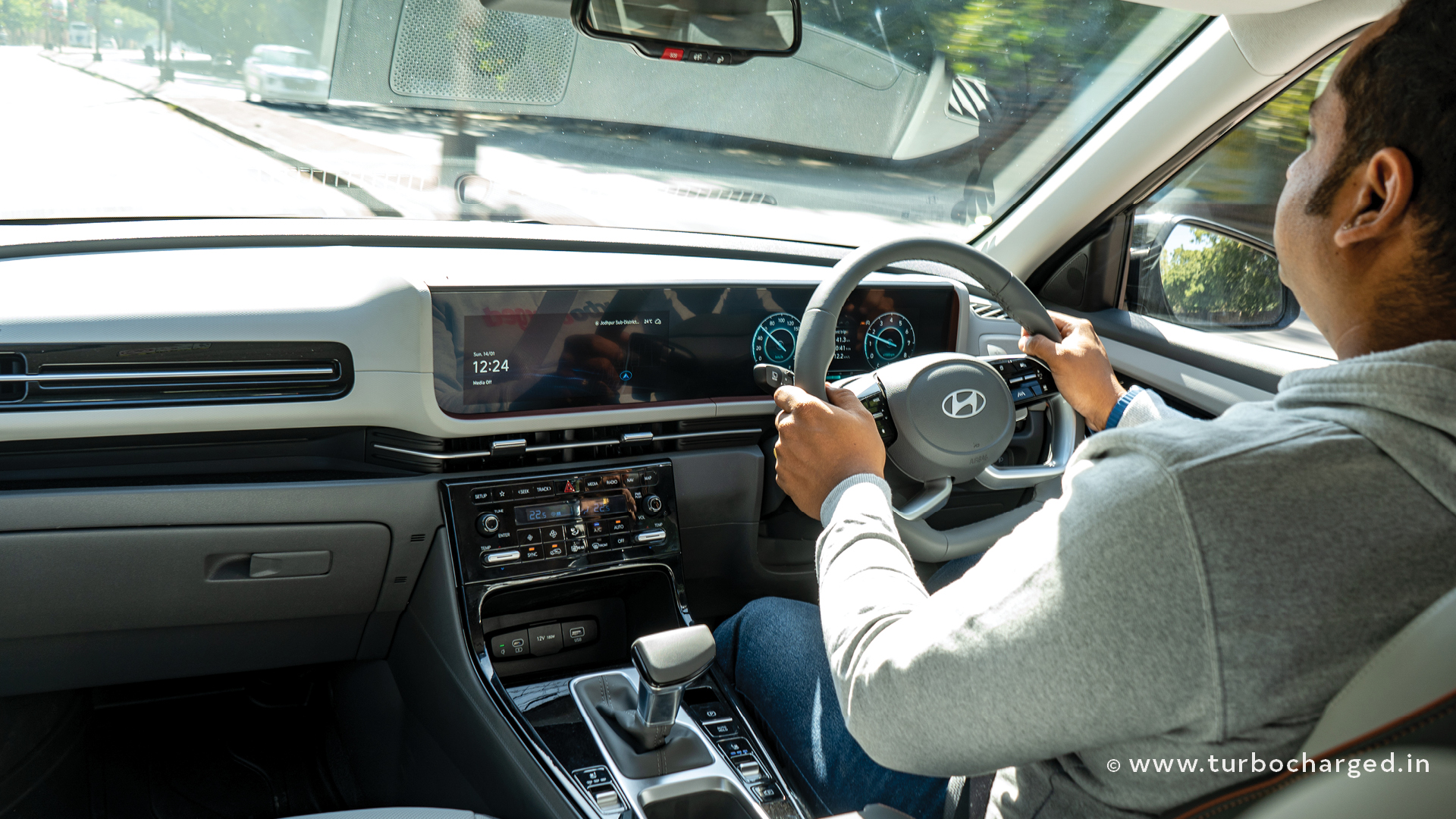
Another big update for 2024 is the refreshed cabin. This may just be a midlife facelift for the second-generation Creta but the dashboard design here is a quantum leap over the outgoing version and has the Creta feel a lot more premium from inside. The highlight of the all-new dashboard is the large, beige-coloured panel housing the dual 10.25-inch displays. It is a single curved glass panel that houses the displays for the instrument cluster and the infotainment screen. Effectively the infotainment screen is slightly angled towards the driver. The instrument cluster display gets switchable themes similar to the ones on the Alcazar and Tucson while the centre console houses a new climate control and infotainment controls panel with rotary knobs and not touch buttons. Hyundai has also replaced the ever-popular beige interior theme with a light grey colour, which goes well with the black panels. Overall this is a more appealing-looking combination besides which the grey leather is also less likely to turn brownish given our dusty conditions. The panoramic sunroof does well to offer a roomy feel too. The Creta’s cabin certainly looks and feels more premium now, besides which, Hyundai has also improved under-thigh support at the rear to offer better comfort to second-row passengers.
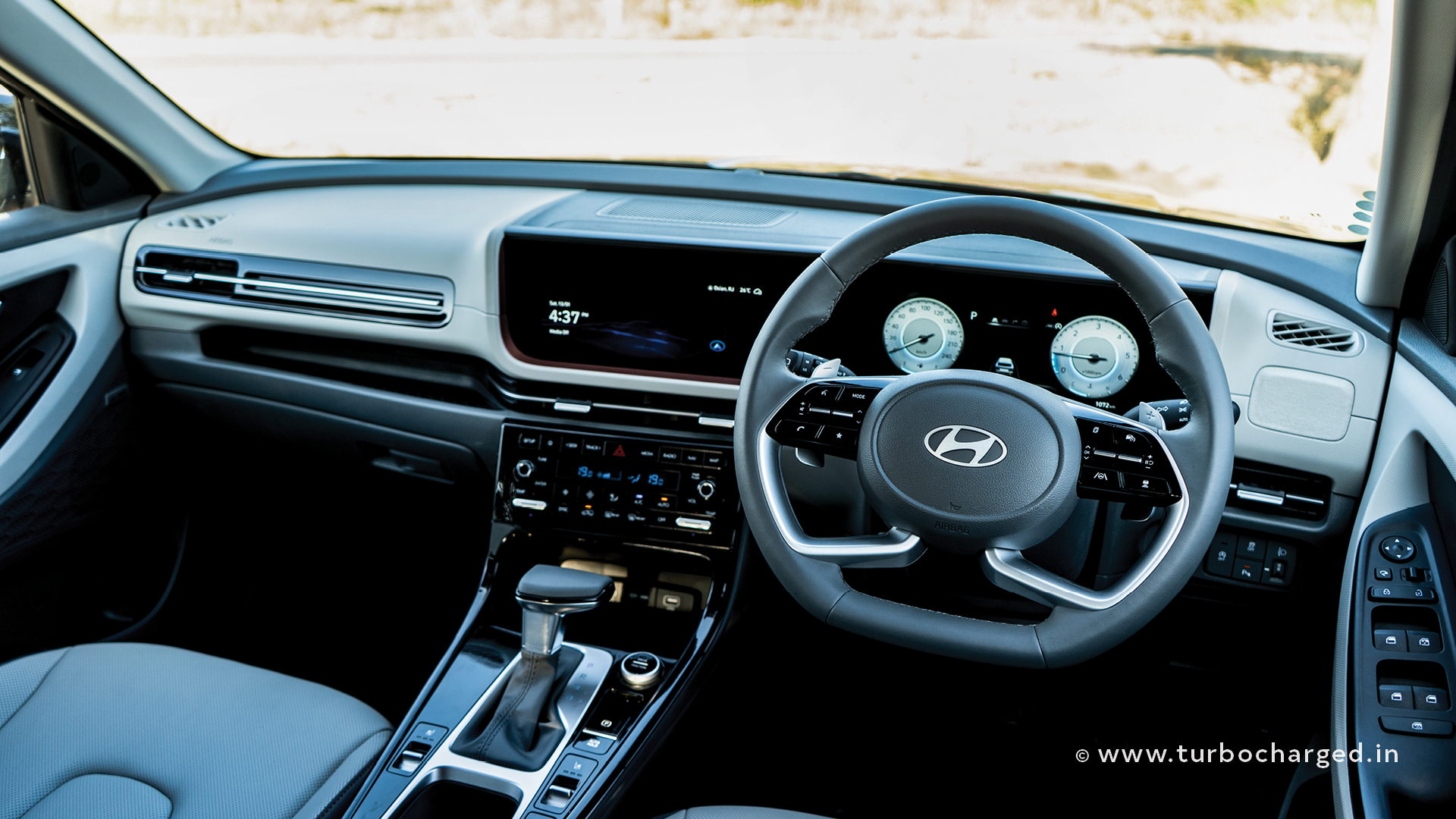
Hyundai has always been at the top of the features game with the Creta, offering more features than its rivals. The trend continues with the new Creta, as it gets a host of additions for 2024 and the biggest of them all is the Level 2 ADAS. Effectively, you get the same functionalities as the new Verna that was launched last year and ones we’ve tried and appreciated in terms of their effectiveness. Besides ADAS the Creta also gets a 360-degree view, multi-lingual user interface support, ambient sounds of nature, and a complimentary 1-year ad-free subscription for music with on-screen lyrics, besides the 8-speaker Bose audio system. Hyundai’s BlueLink-connected technology brings over 70 connected features, along with Alexa integration, voice commands and more. The Creta also gets dual-zone climate control now, besides the ventilated front seats. On the safety front, you get six airbags as standard, ESC, hill start assist, tyre pressure monitoring and a lot more.
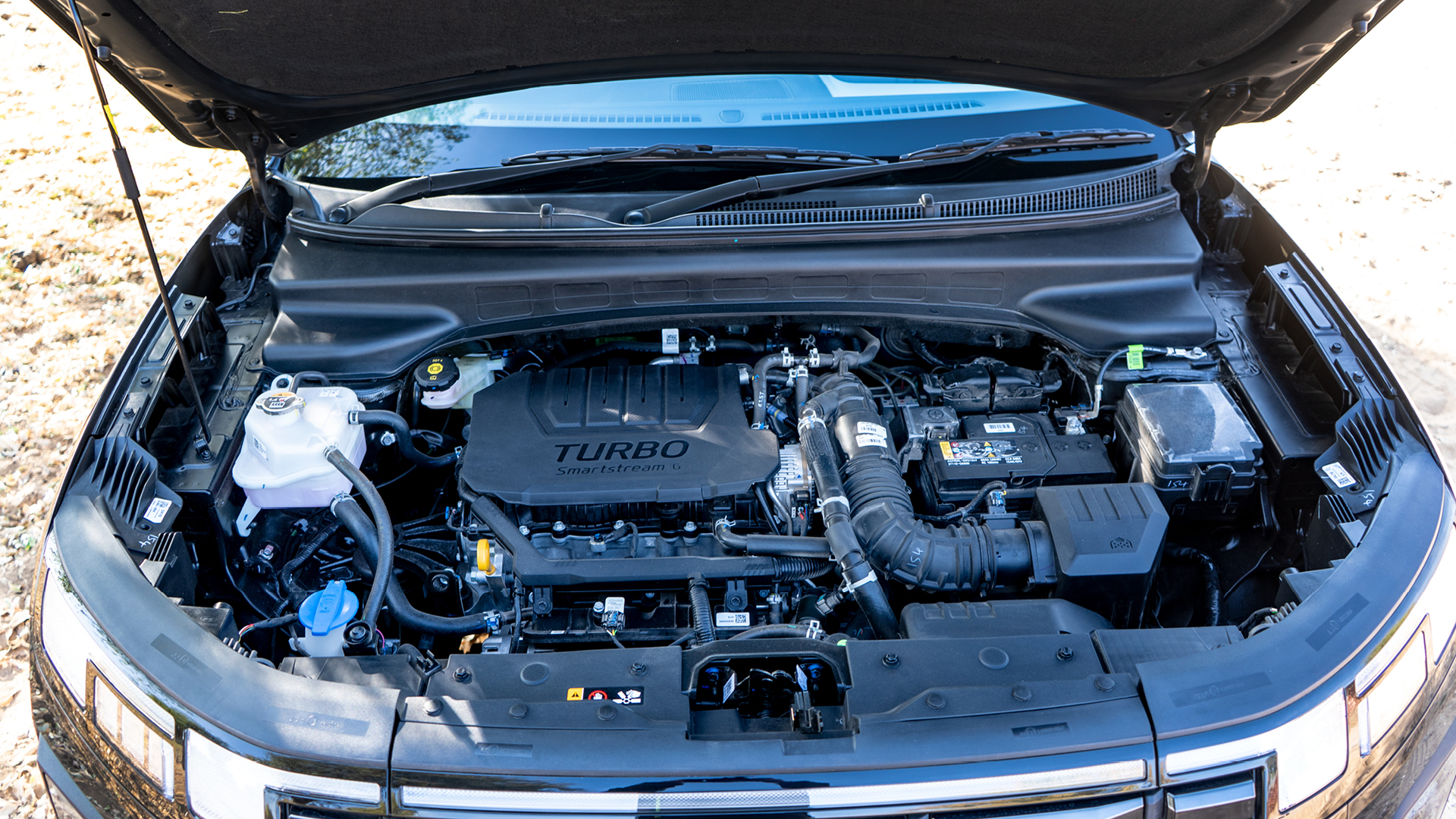
The powertrain options remain unchanged. You can opt for a 1.5-litre naturally aspirated petrol or 1.5-litre turbo-petrol and a 1.5-litre diesel both with manual and automatic gearbox options. Hyundai claims that fuel efficiency for the diesel powertrain is up by almost 1kmpl. However we are driving the most powerful powertrain option – the 1.5-litre turbocharged petrol engine that puts out 160PS and 253Nm, and which is paired to a 7-speed DCT. This powertrain is our pick of the lot in fact, given its heady mix of refinement and performance. It’s hard to tell if the engine is running at idle given how smooth it is, and given the outputs, the Creta is also one of the quickest accelerating SUVs in its segment now. The dual-clutch automatic transmission is quick to swap cogs and the paddle shifters add to the engaging feel. This engine-gearbox combination certainly helps in making the Creta even more likeable as a driver’s SUV. The ARAI-certified fuel efficiency for the 1.5-litre turbocharged petrol variant stands at 18.4 kilometres per litre, an impressive number for a 160PS SUV.
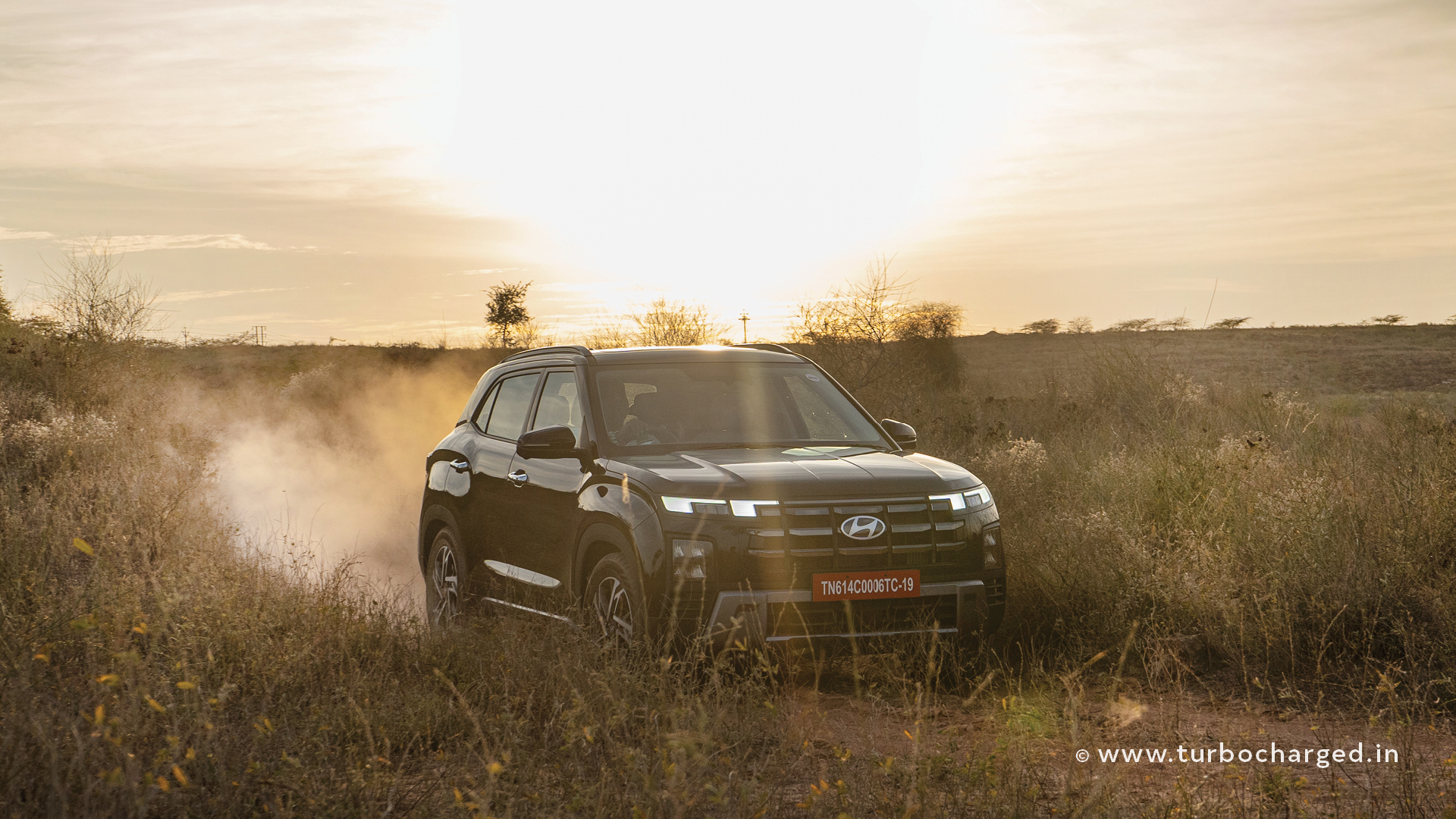
The suspension setup for the naturally aspirated petrol and diesel variants remains the same which means you get the same plush ride quality as before which has been one of the prime reasons behind the Creta finding favour with family SUV buyers. However, the turbo-petrol version gets a slightly firmer suspension for a sportier feel. This update helps make the Creta feel more engaging and the sportier feel does not come at the expense of ride quality. While the naturally aspirated petrol and diesel versions both offer an excellent balance between ride and handling, the turbo-petrol version does even better, offering a more confident feel on highways and around corners without really compromising occupant comfort. What’s more, steering feedback has improved as well and is yet another contributing factor towards the Creta feeling more of a driver’s SUV now. These updates make the Creta feel like an even more wholesome package now.
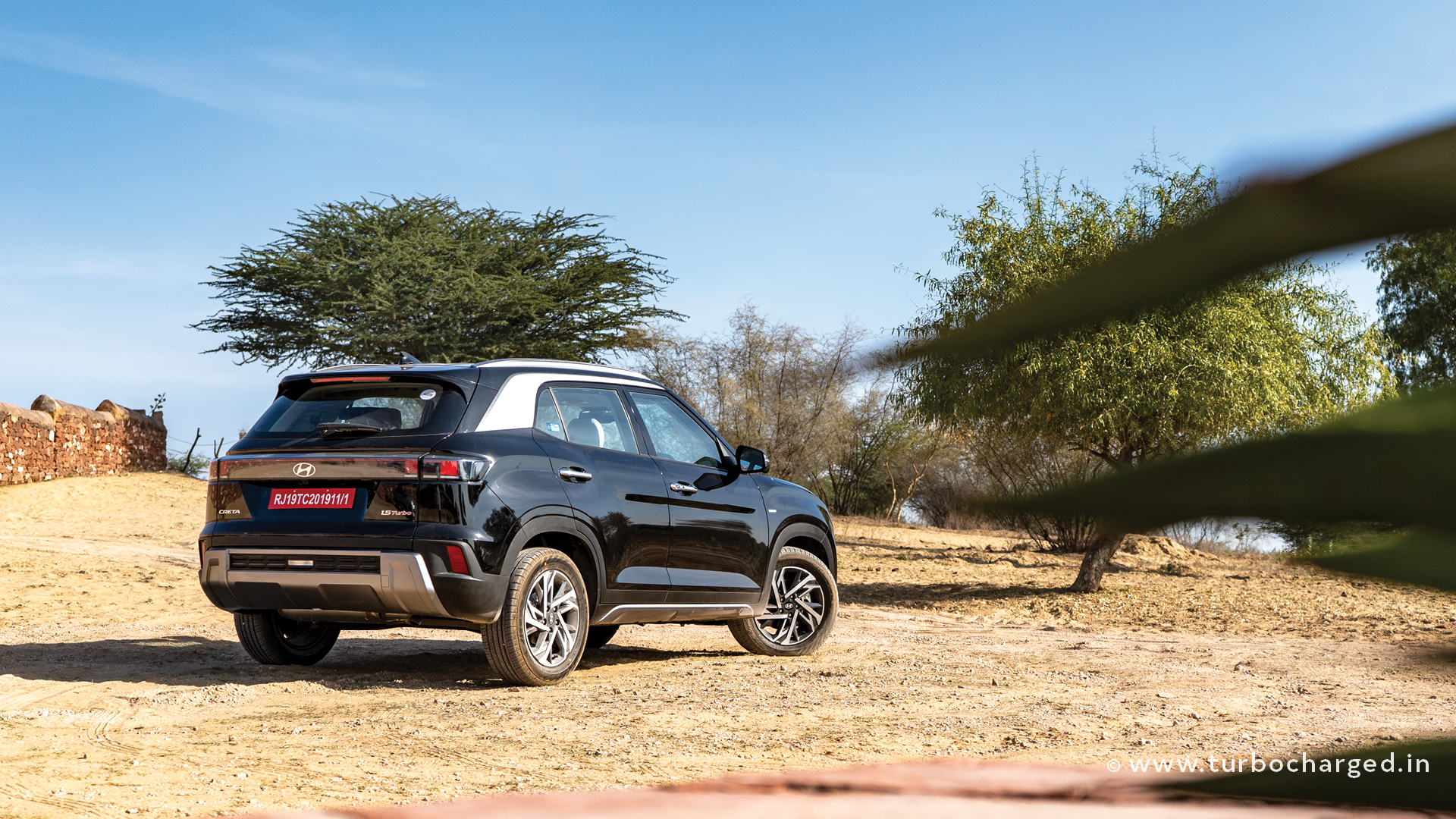
Prices for the Hyundai Creta start at Rs 11 lakh going up to Rs 20 lakh ex-showroom. The Creta is arguably Hyundai India’s biggest success story as the carmaker has sold almost a million units of the SUV in India since its launch in 2015. That’s over a lakh units sold every year. And this updated Creta has been designed and packaged specifically for the Indian market which further tells us how important the Creta is for Hyundai in India. And after spending a day with it, especially with the turbocharged petrol version, we can confirm, this updated Creta will continue with that success story.





